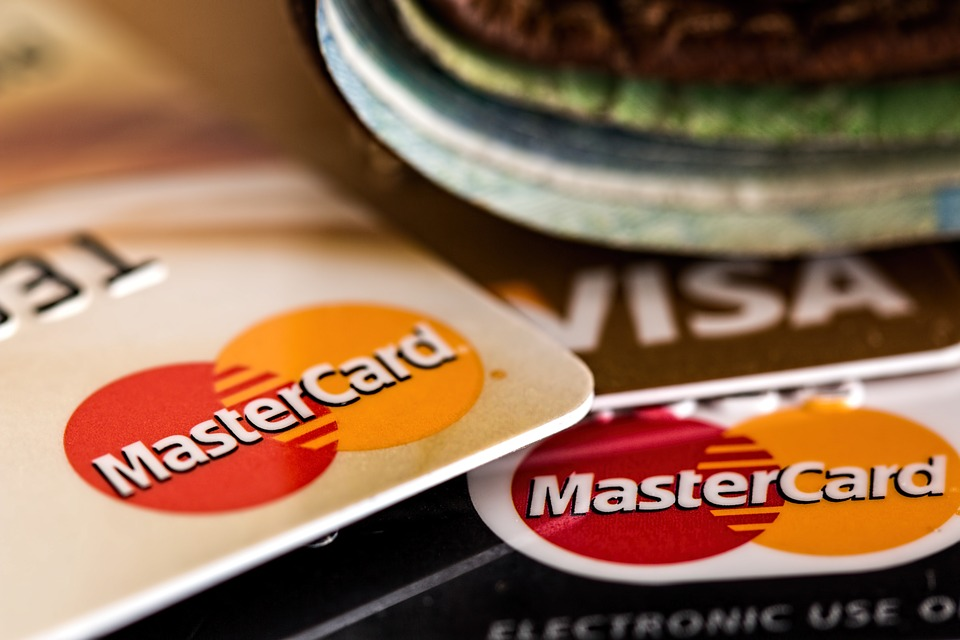You call it consumer credit, Norway calls it Handlekonto, and Germany calls it Verbraucherkredit. Despite wildly different sounding names, consumer credit that’s offered by banks, lenders, and financial institutions from around the world all work similarly.
Also referred to as consumer debt, consumer credit is a line of credit that is extended to an individual and is often used to purchase day-to-day consumer goods like groceries or gas and services like auto repair or dry cleaning.
Although consumer credit is often linked to credit cards, it also includes other forms of personal credit like payday loans, store cards and personal installment loans.
Here’s a look at what makes consumer credit different from other types of loans.
Consumer Credit ― The Basics

Consumer credit is often associated with credit cards as this type of loan is instant and is unsecured. The immediate availability and granting of such loans, as in the case of credit card purchases of consumer goods, is one of the main reasons why consumer credit is primarily linked with credit cards. In reality, however, consumer credit can also be used to refer to most types of personal loans.
Consumer credit is classified in a different category of mortgage lending ― set apart from purchasing a home or a car.
Loans taken out to purchase houses and cars are considered long-term investments and the mortgage comes secured.
Like most loans, borrowers are bound with a credit agreement that states the cost of the credit, which includes the interest, fees and other charges.
Types of Consumer-Credit

There are two main classifications of consumer credit, and these are revolving credit and installment credit.
Revolving credit, which includes credit cards refer loans that are revolving. This means that the line of credit remains open or “revolves” as long as the borrower pays the prescribed minimum payment on time every month.
The line of credit may be used up to its maximum allowable expenditures monthly if the borrower pays the minimum diligently every month.
Installment credit refers to loans that are taken out by borrowers for a specific purchase. Unlike revolving credit, it has both a definite amount and payment period.
Borrowers have to pay the entire loan in installments each month until the whole loan and the cost of the credit has been paid in full.
Installment credit is the go-to consumer credit for major purchases like furniture, pricey appliances and vehicles.
How You Can Benefit From Consumer-Credit and Credit Cards

The simplest and most obvious advantage of consumer credit is that it allows you to buy goods and services instantly, which can be especially handy in times of emergency.
In those instances, you pay the loan spread out over a certain period. Before the advent of consumer credit and credit cards, people had to set aside money for a long time to make a major purchase.
Consumer credit makes such purchases available to you instantly. The ready availability of your line of credit can be a lifesaver for urgent needs like when you need to fix your car or have to fix a plumbing emergency.
Such flexibility, however, does have its drawbacks as it may cause some to overspend. Seek the advice of your bank or other financial institution before applying for a consumer credit line.
Author: Bruno Souza
















